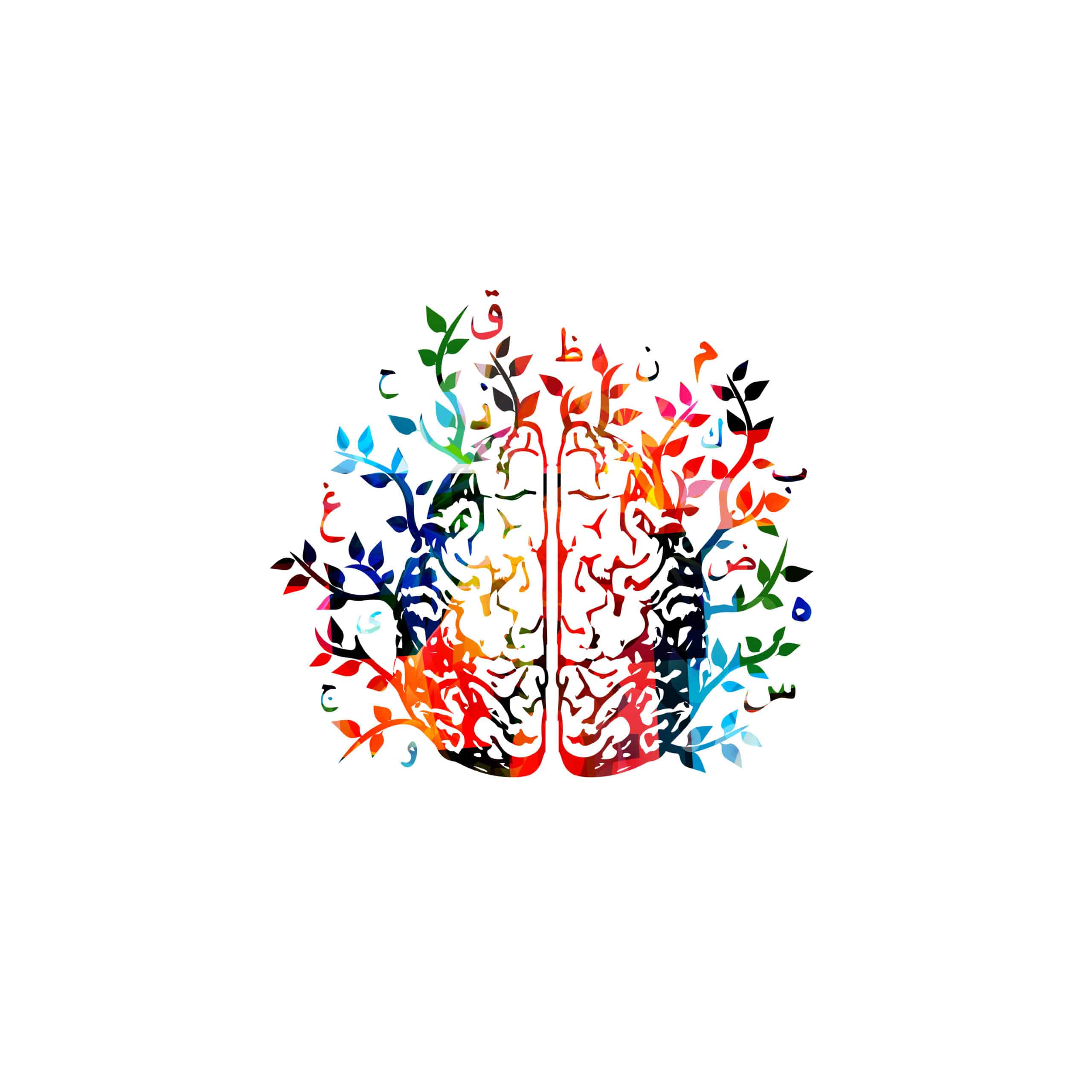Throughout the journey, Ciara Burns, a student of TU Wien (Vienna), collected data, registered her heart rate with special sensors and kept records of her subjective well-being. Now the analysis of the data has been completed and the results have been published. Some lessons can be learned from this for similar extreme undertakings — especially about a close interplay between body and psyche.
How variable is the heartbeat?
“You can derive a lot of interesting findings from the heart rate recordings,” says Prof. Eugenijus Kaniusas, who heads the “Biomedical Sensing and Therapy” research group at TU Wien and provided scientific support for the project. “The variability of the heart rate is particularly important for us. From it, you can infer the general state of fitness, sleep quality and how well someone can regenerate during sleep.”
Normally, the heart rate is more regular during waking hours, and it varies more during periods of sleep. A large difference in heart rate variability between sleep phases and awake phases indicates that the body regenerates well during sleep. If the variability in sleep and wake phases is very similar, it is a sign that the body’s own regulatory and regenerative mechanisms are no longer functioning optimally.
Three hours of rowing, three hours of rest
The rowing team established a very unusual sleep rhythm for the duration of the Atlantic crossing: Around the clock, half the team was busy rowing, while the other half slept. They took turns every three hours. This strategy had already proven successful in similar projects before — but how does the body cope with this unnatural rhythm?
“There were three phases where it was particularly challenging,” says Ciara Burns. “At the beginning, of course, when you have to get used to the effort and the new rhythm. Then about halfway through the trip, when I realized how big the Atlantic really is, and how long the second half was going to be. And then at the very end it was difficult again, when the destination was already close, but not yet really within reach.”
These three difficult phases can also be seen in the data: the sleep quality declined in each case. This clearly shows that the psychological condition is closely related to measurable, physiological parameters.
Independently of this, however, another development can also be seen across the entire trip: the ability to regenerate during sleep phases became successively worse, and the body no longer manages to switch between wake and sleep phases. “At the same time, the body seems to enter a kind of protective mode to protect the heart from overload,” says Eugenijus Kaniusas. “The average heartbeat slows down, and the activity of the parasympathetic nervous system, which plays an important role in controlling the internal organs, increases.”
Tips for the future
Studies of this kind are very rare — not least because most people capable of such extreme athletic feats don’t want to go to the additional obligation of collecting scientific data in view of adverse conditions on the high seas. “Ciara Burns has done highly precise work here with unprecedented dedication,” says Eugenijus Kaniusas. “The project was also reviewed by the ethics committee of TU Wien and supported in an exemplary way.”
Some things might now be done differently after evaluating the data: for example, it might be better not to abruptly switch from normal day-night rhythm to the hard three-hour rhythm, but to plan for a transition phase — this might mitigate the initial low at the beginning of the journey. For the middle of the journey, Eugenijus Kaniusas would recommend, from today’s perspective, a special reward to keep spirits high: “Maybe some special, enjoyable activity that lets you celebrate that you’re halfway through the effort and comfort yourself over the realization that there is still a long way to go.”




